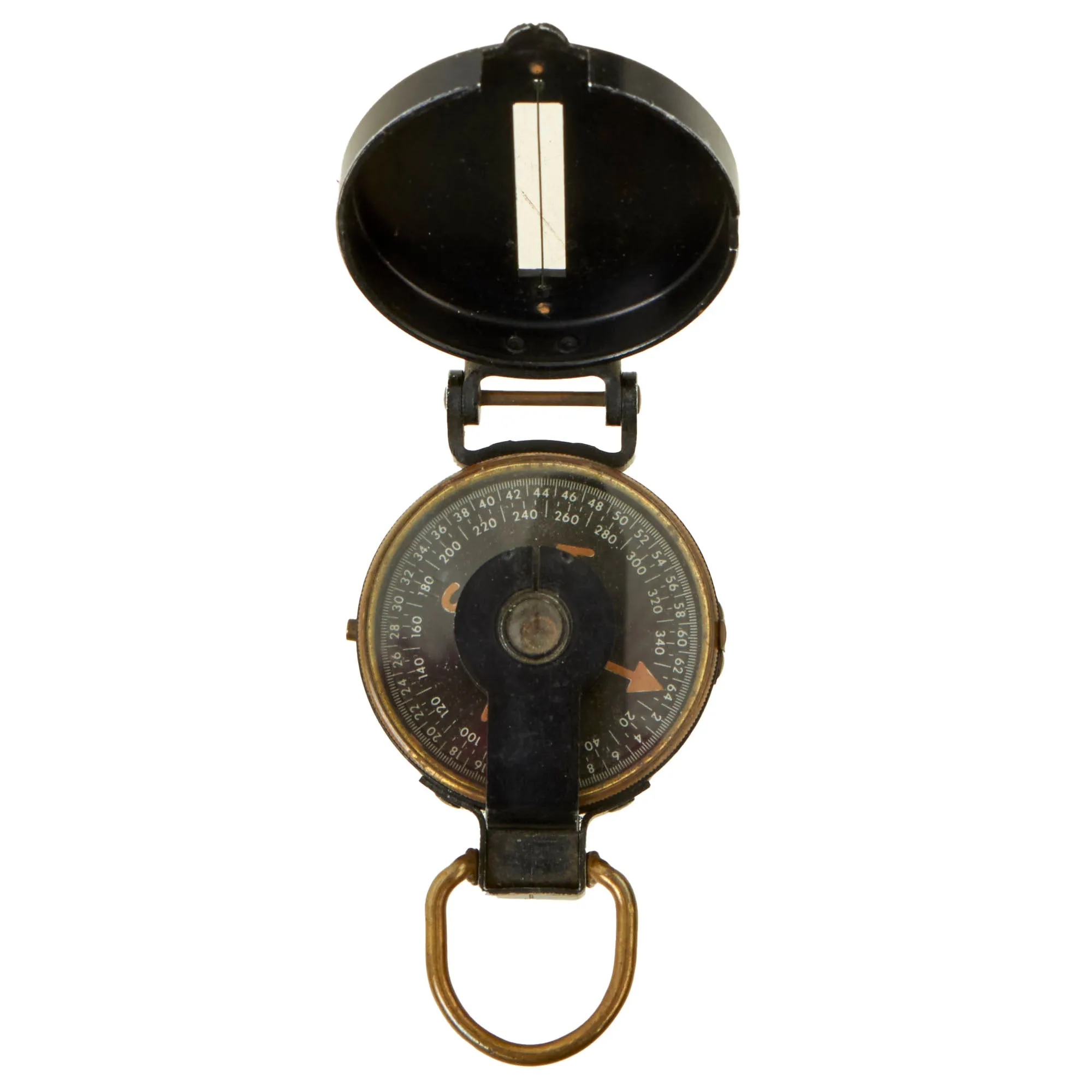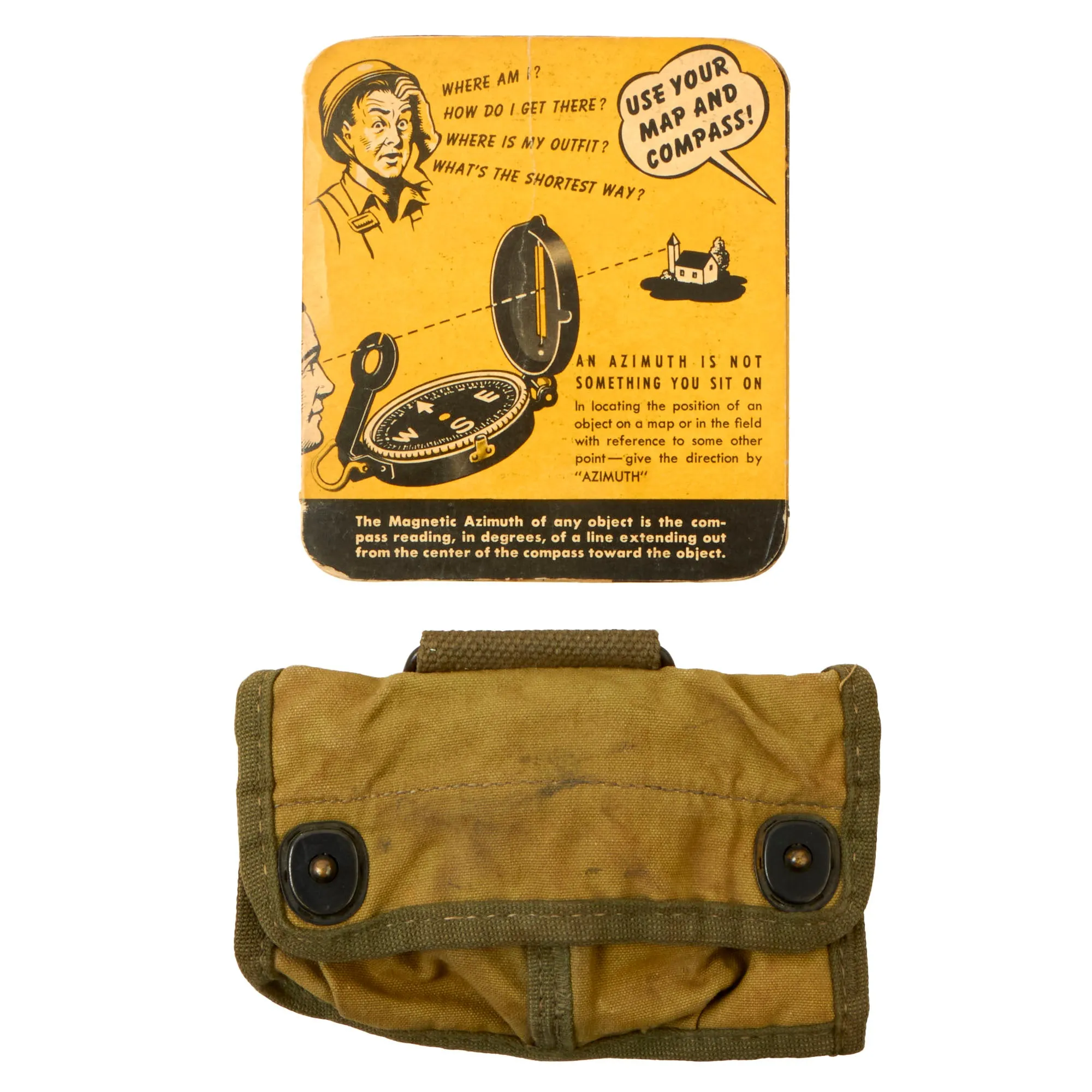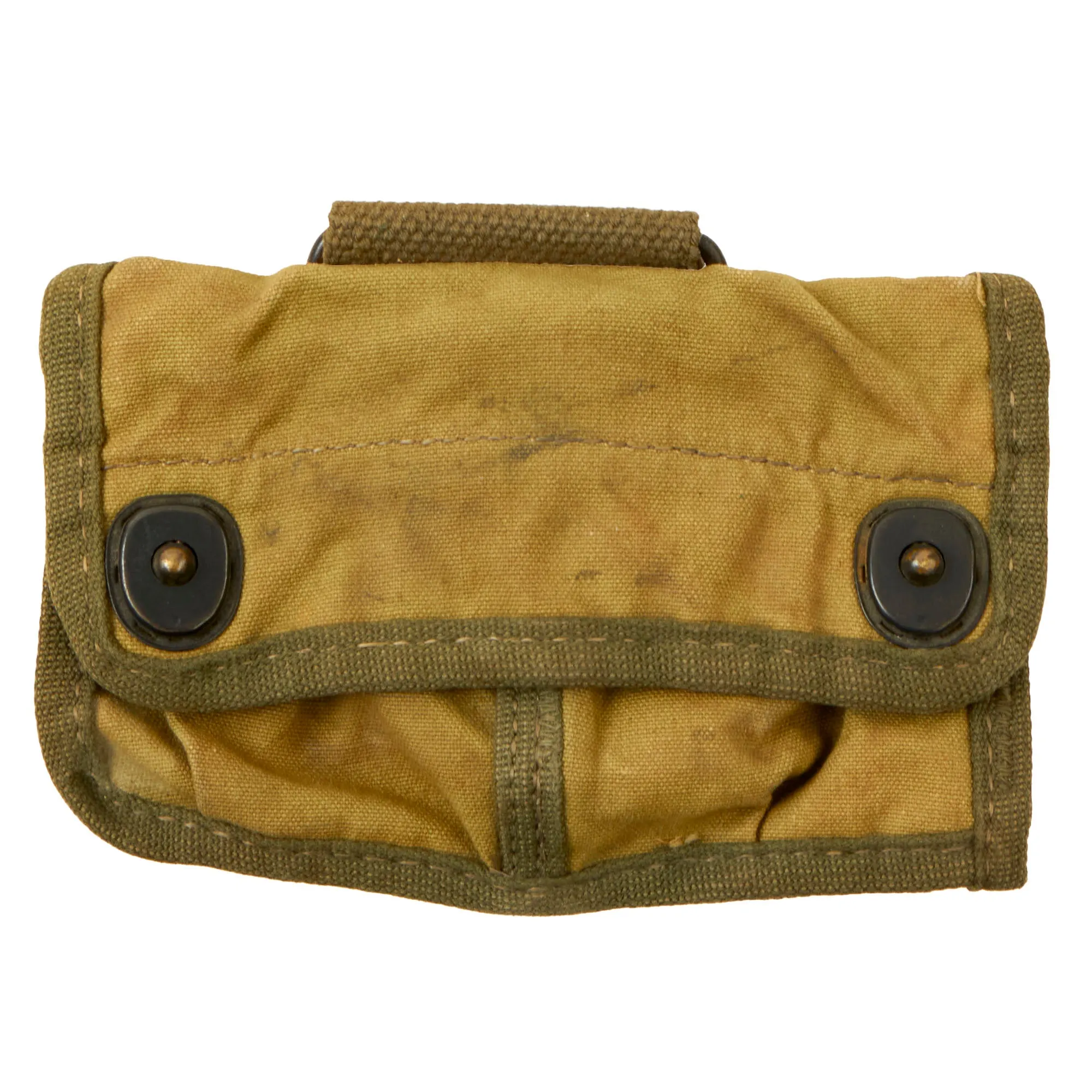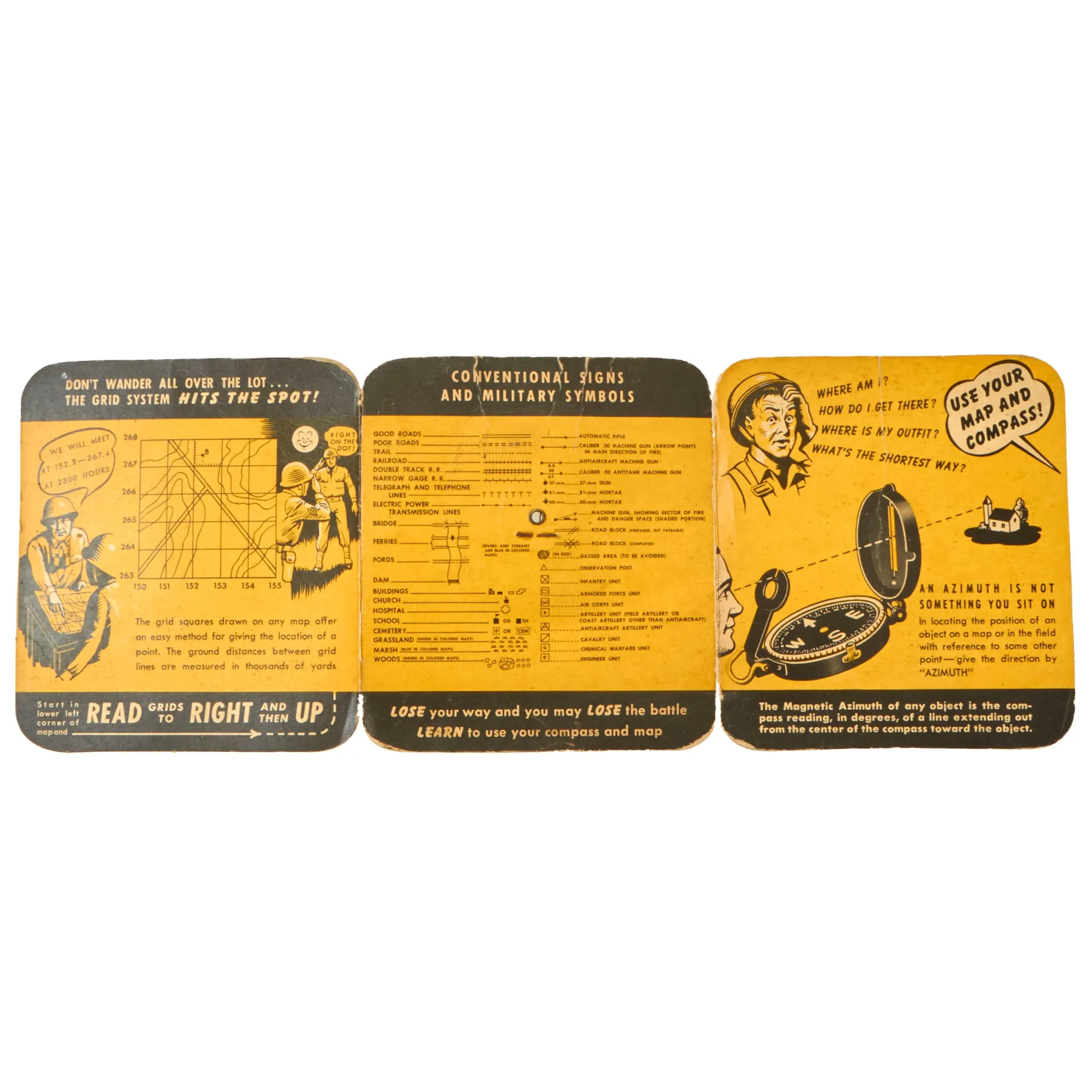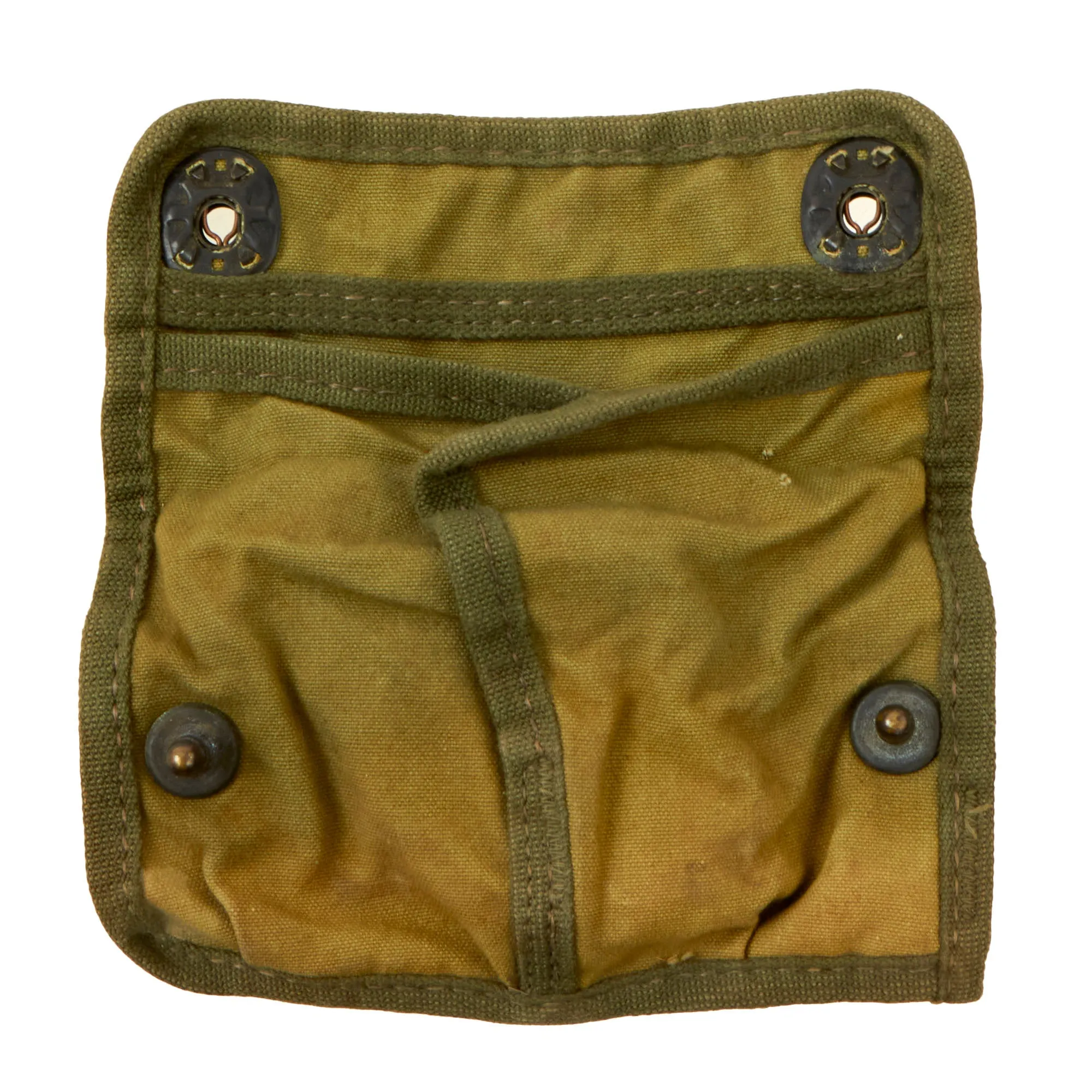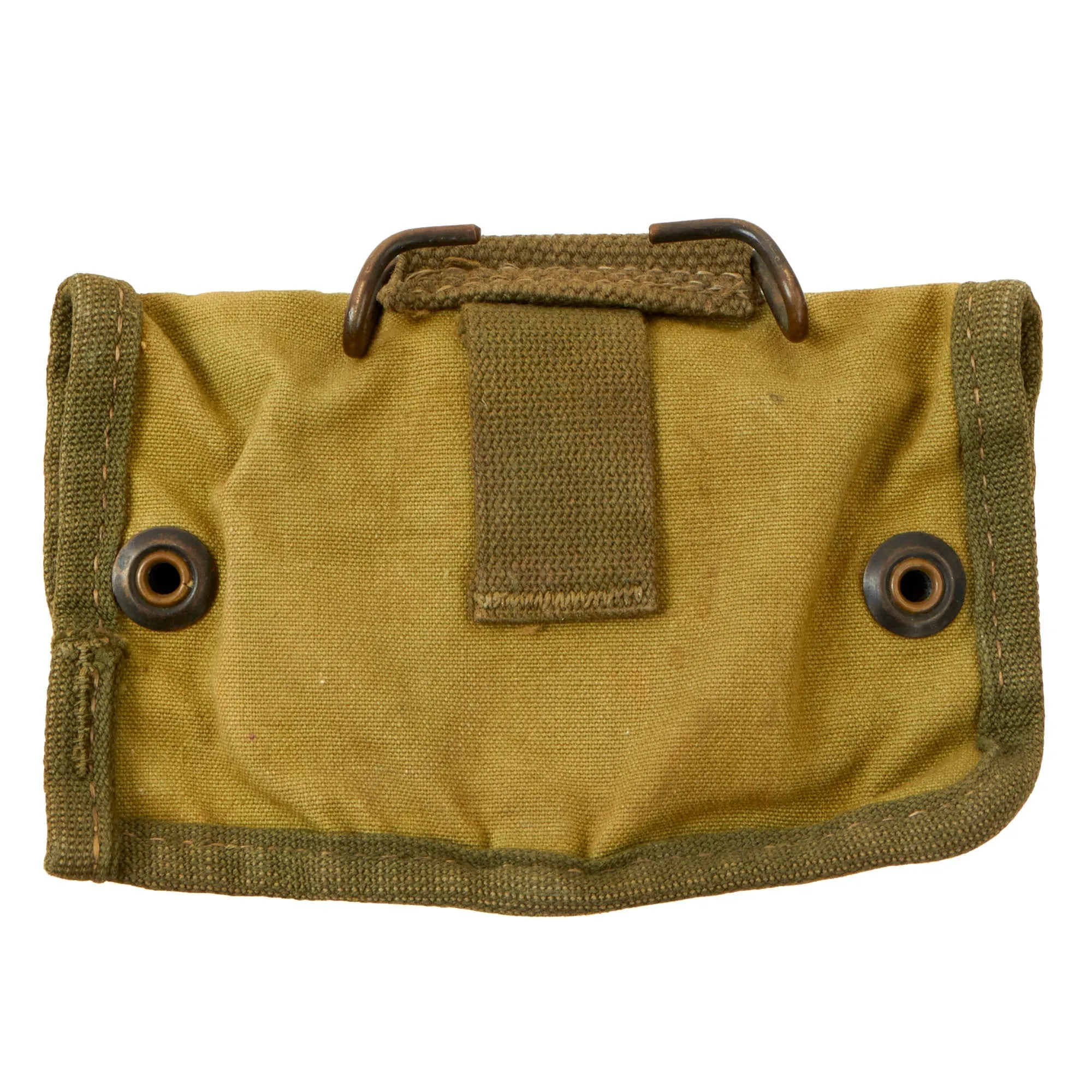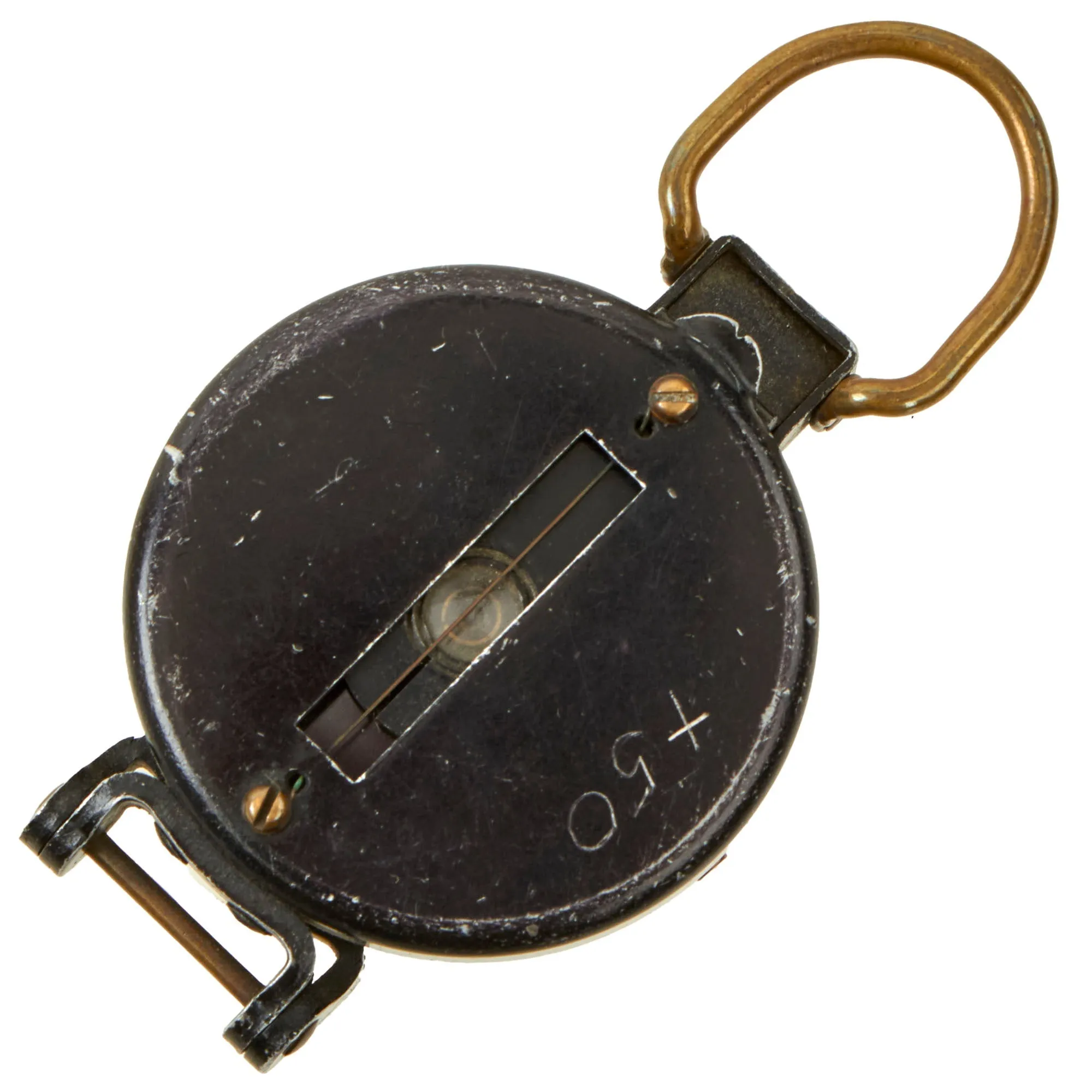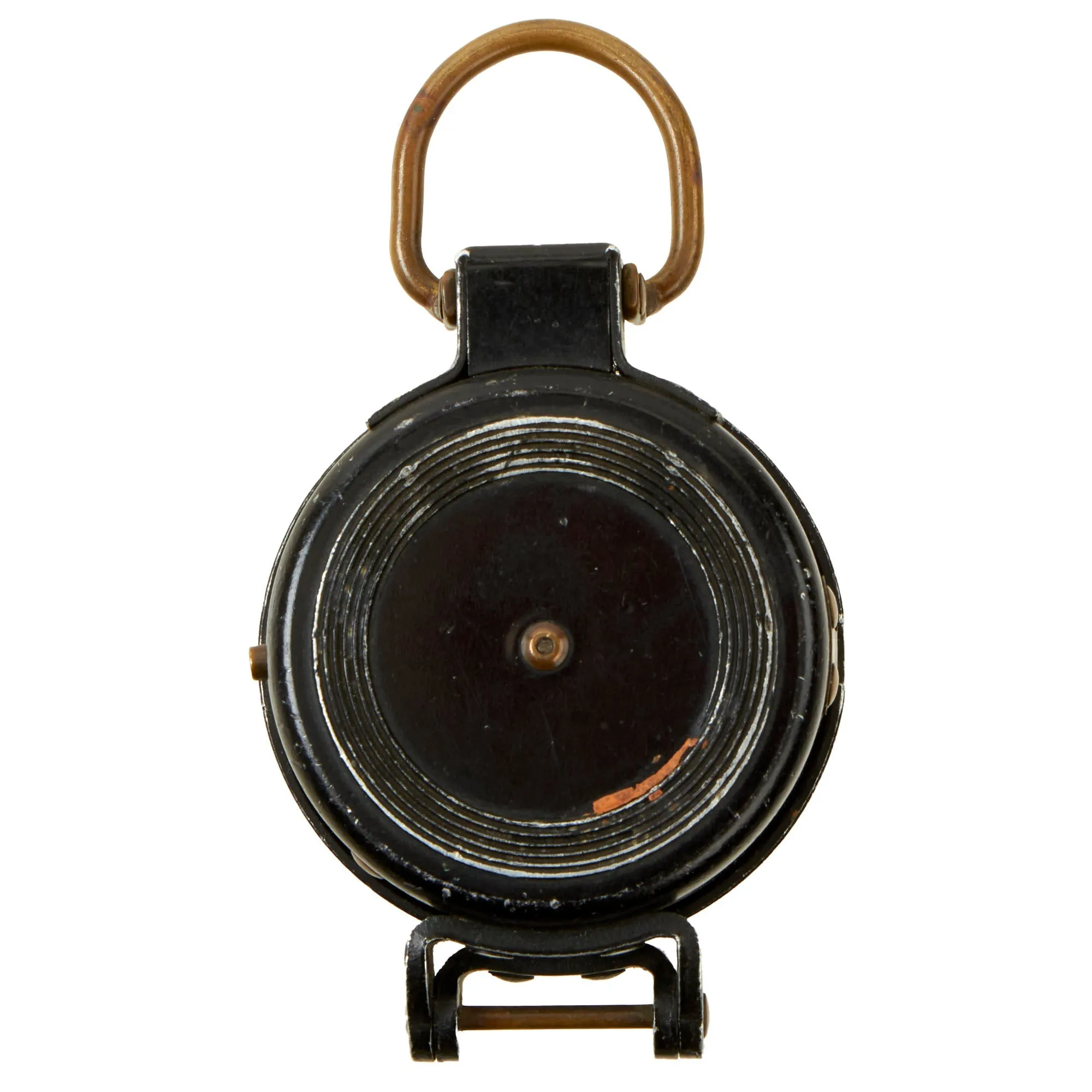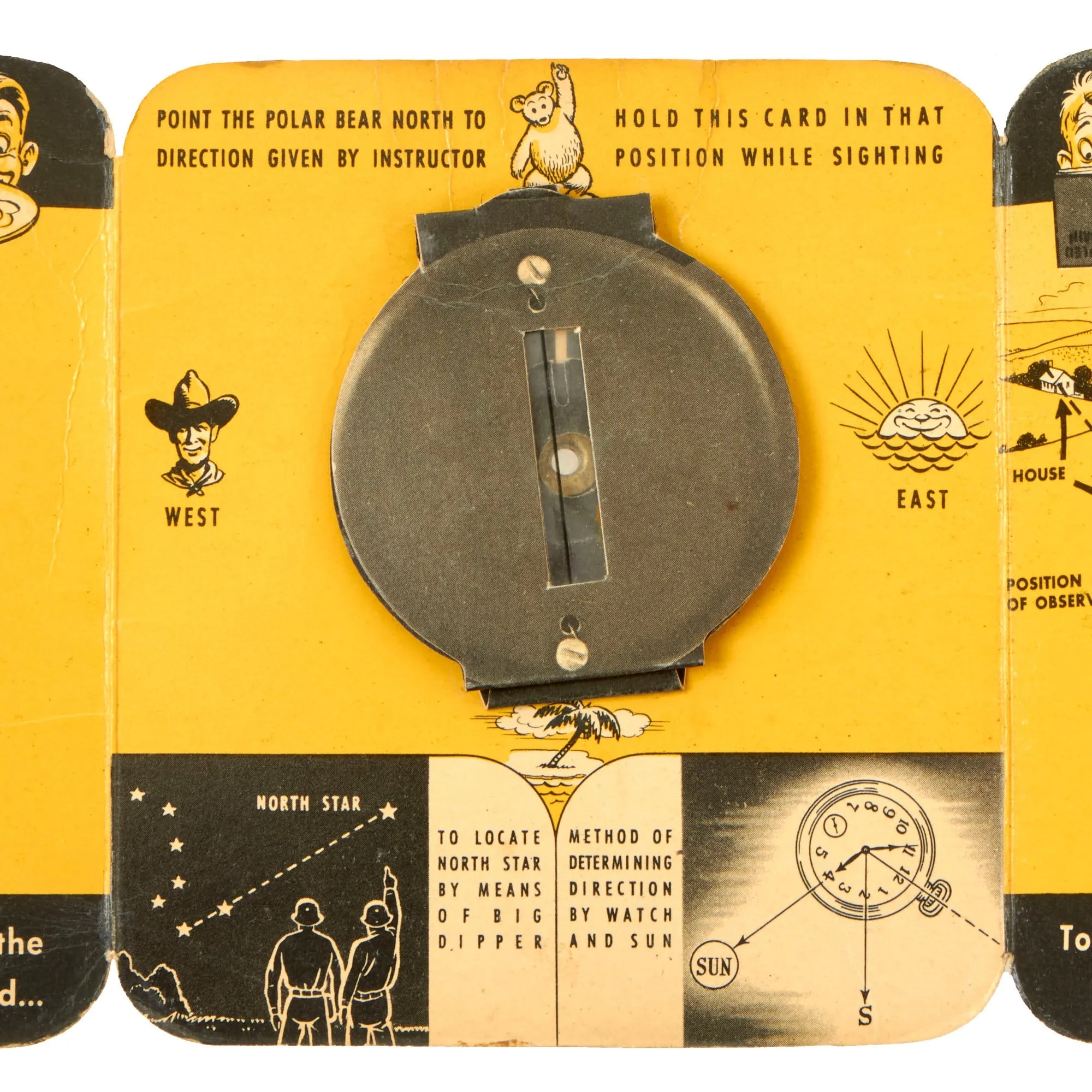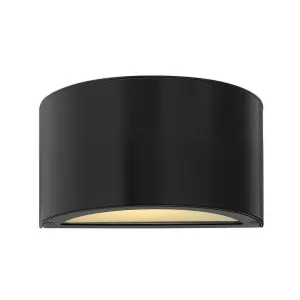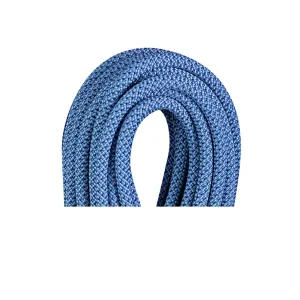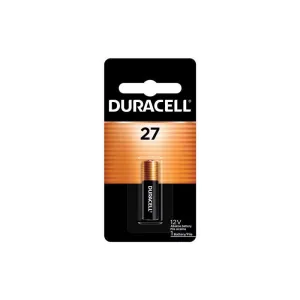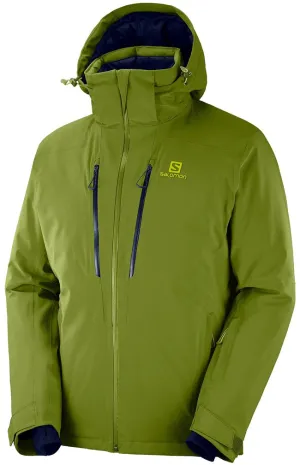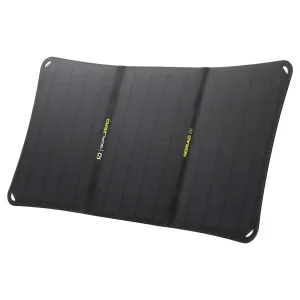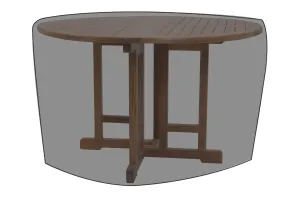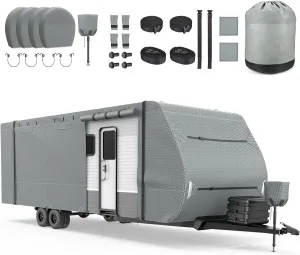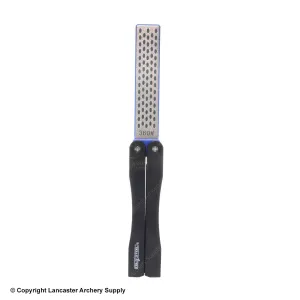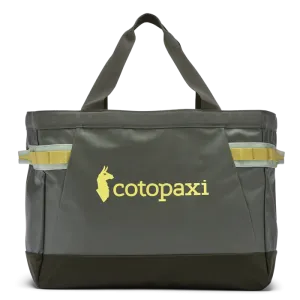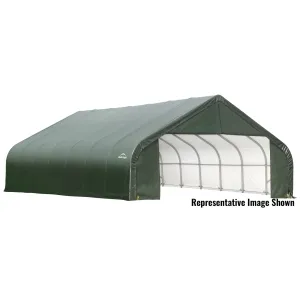Original Item: Only One Available. This is a fantastic example of the M1938 lensatic compass, which was developed and adopted at the start of WWII. It was an excellent design that was easy to manufacture. Additionally, the adoption of this compass allowed the Army to standardize land navigation training, making it simpler to teach to the millions of young men who were being drafted into the Army and Marines.
The experiences of war taught the Army a few things about compass design. Firstly, it proved that the lensatic compass design was a good one - it was accurate, reliable, and versatile. With its compass card graduated in both degrees and mils, it was usable by both infantry and artillery. The military liked the basic design and stuck with it.
This example is marked on the floating dial as W.&L.E. Gurley / Troy, N.Y., U.S.A. This is the marking for William Gurley and his younger brother Lewis E. Gurley founded the W. and L.E. Gurley Company in Troy, N.Y., in 1852. Initially, the company manufactured precision instruments for civil engineers and surveyors. Today, the company operates as Gurley Precision Instruments in the same building it constructed in 1862 at the corner of Fifth Avenue and Fulton Street in Troy.
Over time, Gurley expanded its product line to include thermometers and other testing equipment. They also contributed precision instruments for both World Wars and began manufacturing gyroscopes, sextants, star trackers, and precision guidance equipment for guided missiles and space exploration during the Cold War and beyond.
Today, Gurley Precision Instruments is best known for its optical encoders. These encoders are used to measure and control speed for medical instrumentation, electronics, robotics, and other applications.
The included pouch is of the early design “1st Model” which features a quick access split opening on the front. While this model was designed to remove the compass quickly, there was a flaw. While the compass is in the case, it does appear to be secured quite well until you start manipulating it. “Simulating” the rugged type movements the user would have encountered, you will notice how the flap does stay secured but the split front does open up exposing the compass. This was rectified by the later pouches which were more of a pocket design.
The cardboard booklet is actually an extremely useful tool. If you have never used a lensatic compass before then this booklet is just the tool for you. It explains how to shoot an azimuth and travel by it. Shooting an azimuth means climbing to a height, sighting an object on the horizon in the direction you're travelling, and adjusting your compass heading to make sure you're still moving in the right direction. You can even use this booklet without a compass as it includes a cardboard “pop-out” compass to practice on.
A great set that comes more than ready for further research and display.





